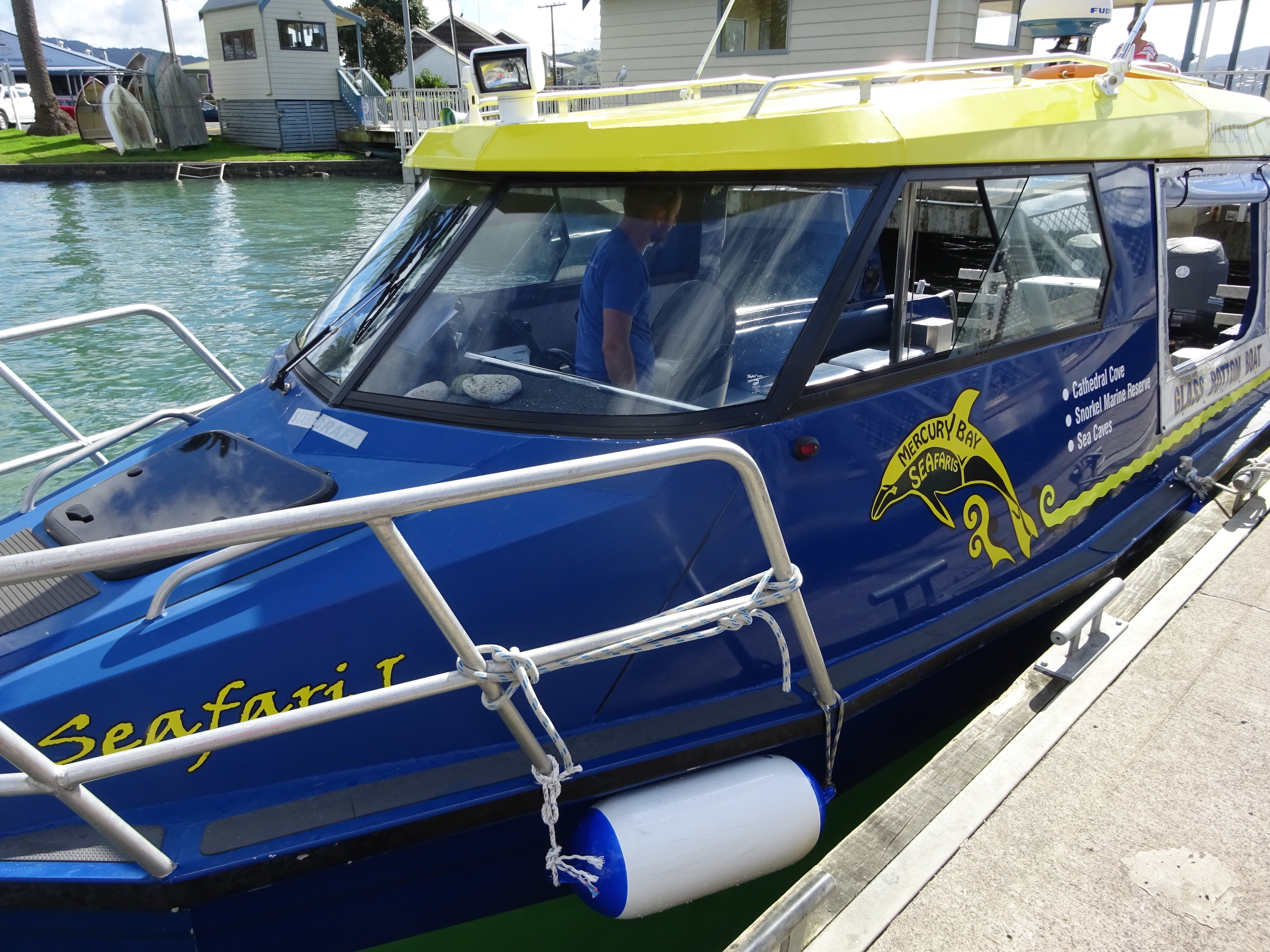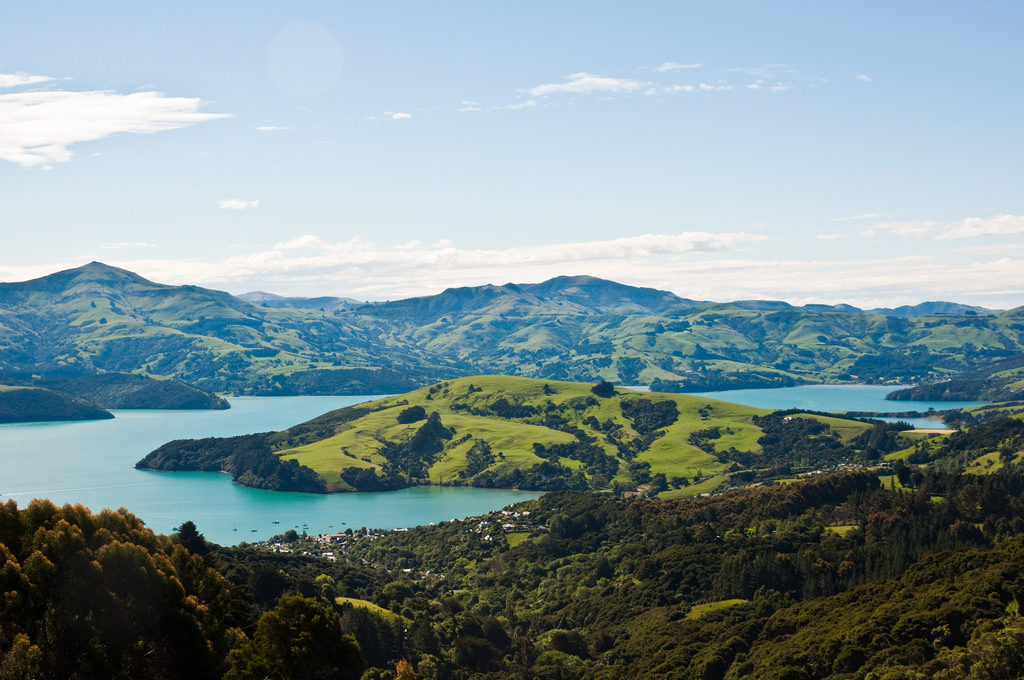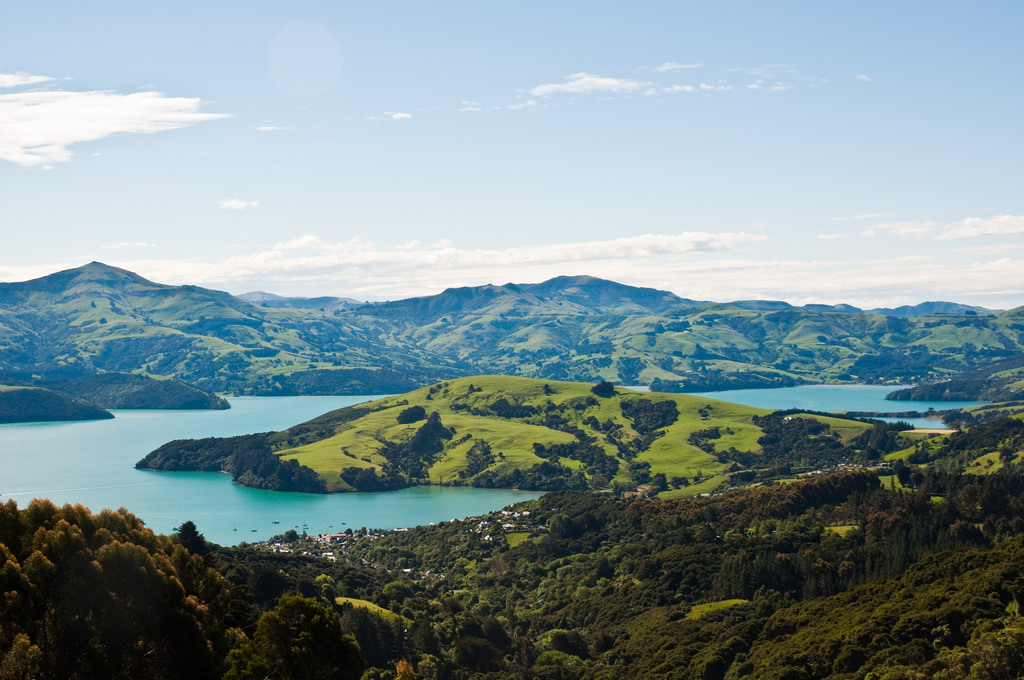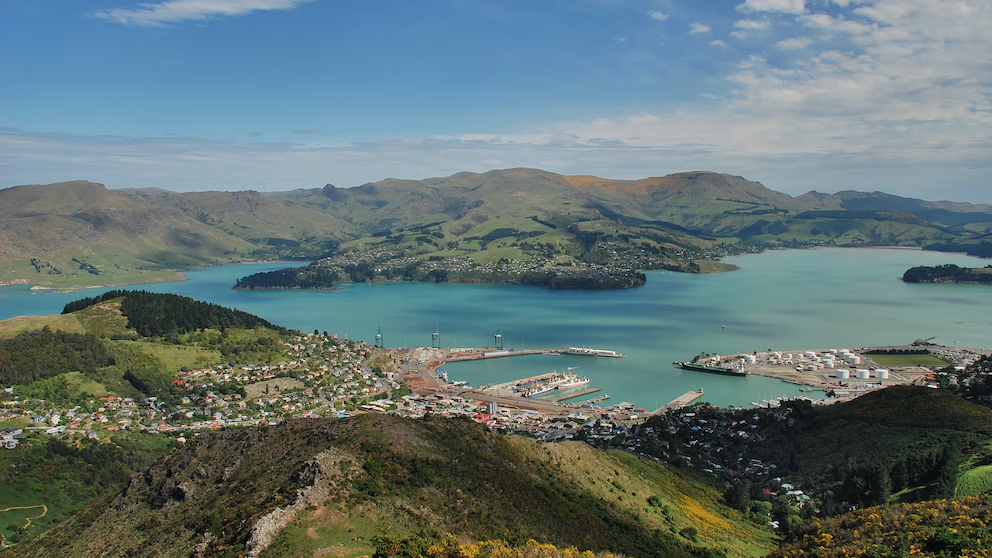Whitianga is a beautiful little beach town sitting on Mercury Bay, on the Coromandel Peninsula of New Zealand’s north island. It boast an incredible stretch of beach and a picturesque harbour, home to hundreds of impressive boats.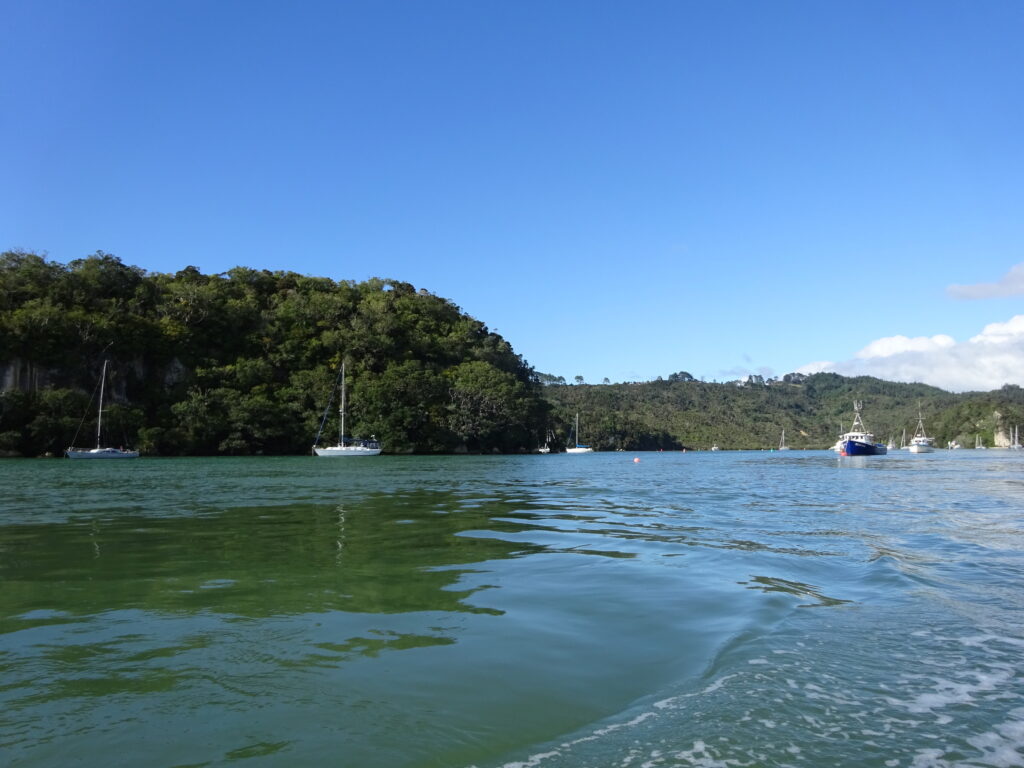
Understandably, Whitianga is a popular tourist attraction due to its serene surroundings and relaxing atmosphere, alongside the offerings of many tours and activities to get your imagination flowing, alongside a selection of cafes, restaurants and shops, meaning the town really does offer something for everyone.
During our one night stay, Jack and I were very grateful of the opportunity to join Glass Bottom Boat Whitianga on their morni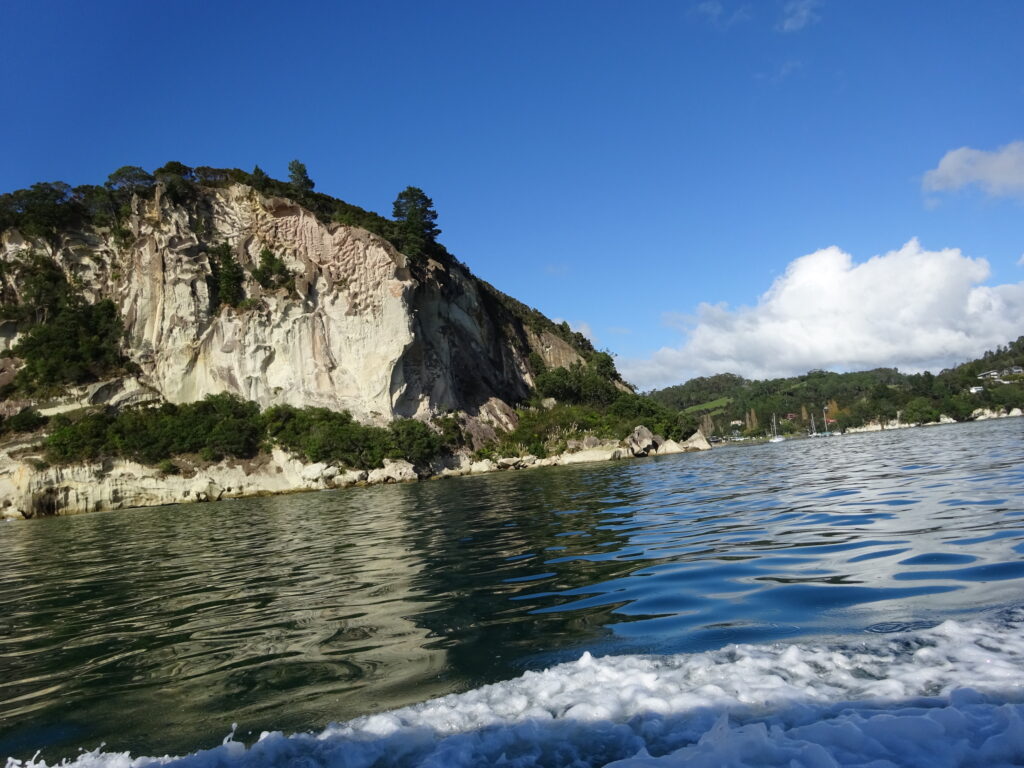 ng tour. It was a crisp and bright Monday morning with a slight breeze; perfect for a tour of incredible coastline.
ng tour. It was a crisp and bright Monday morning with a slight breeze; perfect for a tour of incredible coastline.
The boat was a noticeable blue and yellow colour, and was a nice size; not too big and not too small, which allowed for a very personal experience with the four other passengers and our captain and tour guide, Mark. The boat can seat up to 24 passengers at a time.
We slowly left the Whitianga Wharf, taking in the beautiful surroundings. It was so calm and peaceful; the sun glistened perfectly on the surface of the sea. Some boats surrounding us were moving along at their own pace, allowing fisherman to pass the time in the autumn sunshine whilst try to make a catch.
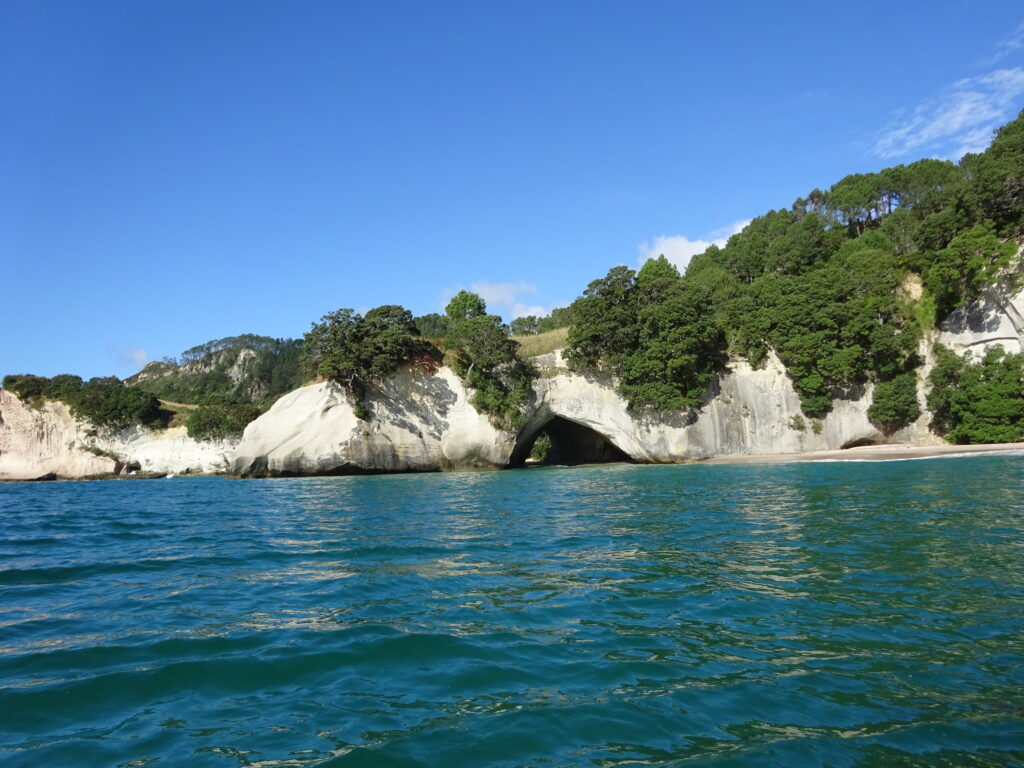 The cliffs and rocks surrounding the coastline were immediately quite striking. Much of these were formed millions of years ago by volcanic activity, and the build up of layers in the rock is clear to see. Mark compared Shakespeare’s Cliff to that of the White Cliffs of Dover in England. I would most certainly agree; they had a certain pale grey colour about them and certainly looked similar to the iconic cliffs which sit only an hour’s drive away from my home town in Kent, UK.
The cliffs and rocks surrounding the coastline were immediately quite striking. Much of these were formed millions of years ago by volcanic activity, and the build up of layers in the rock is clear to see. Mark compared Shakespeare’s Cliff to that of the White Cliffs of Dover in England. I would most certainly agree; they had a certain pale grey colour about them and certainly looked similar to the iconic cliffs which sit only an hour’s drive away from my home town in Kent, UK.
Mark would make regular stops and talk about the area surrounding us as well as some local knowledge and history.
We headed towards Cooks Beach, which takes its name from Captain Cook, a British explorer who m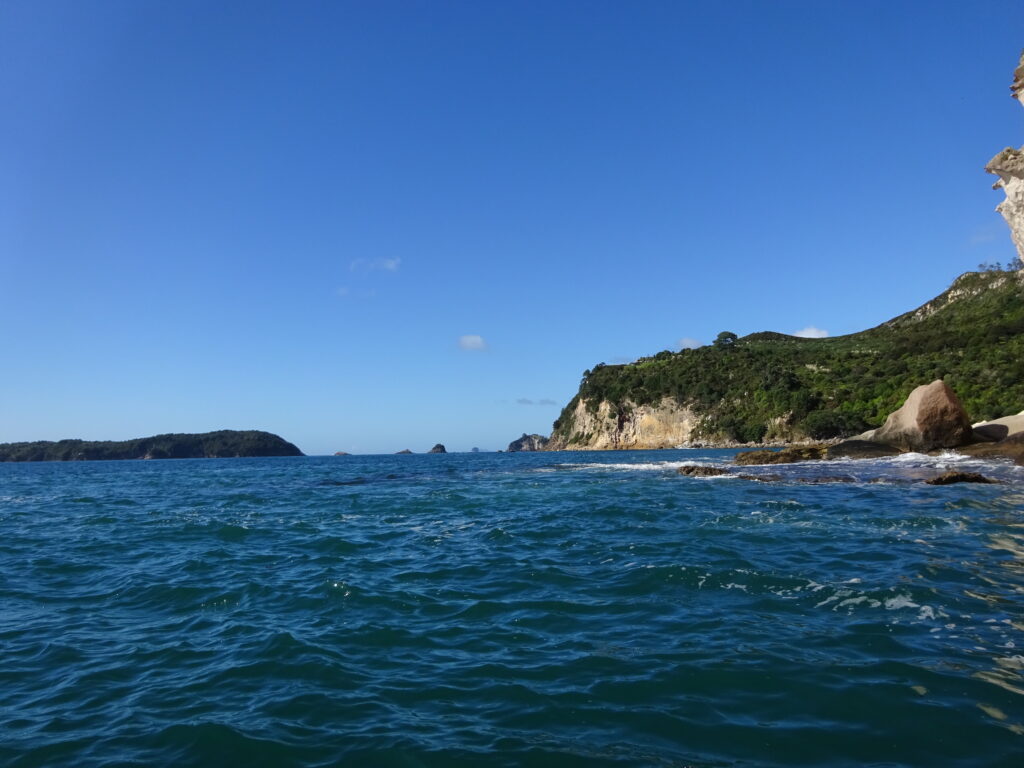 apped the coastline of New Zealand in the 1700’s, becoming the first human to sail all the way round the coast of the country. The beach has strikingg white sand and its a popular destination for holiday makers.
apped the coastline of New Zealand in the 1700’s, becoming the first human to sail all the way round the coast of the country. The beach has strikingg white sand and its a popular destination for holiday makers.
We then ventured into the Te Whanganui-A-Hei Marine Reserve, which has held this status since 1992. The reserve covers nine square kilometres and sits between Hahei and Cook Bluff. Marine reserves are created in order to protect the landscapes surrounding marine areas and also the wildlife within them. As a result, plants and wildlife within these areas thrive, as fishing and other activities are against the law, and severe punishments result if these rules are breached.
The areas was made a marine reserve due to its impressive varied rock formations, reefs, caves and underwater arches which provide the ideal habitat for fish, molluscs and plants. Snorkelling, diving and boating are still permitted within the reserve as long as suitable precautions are ta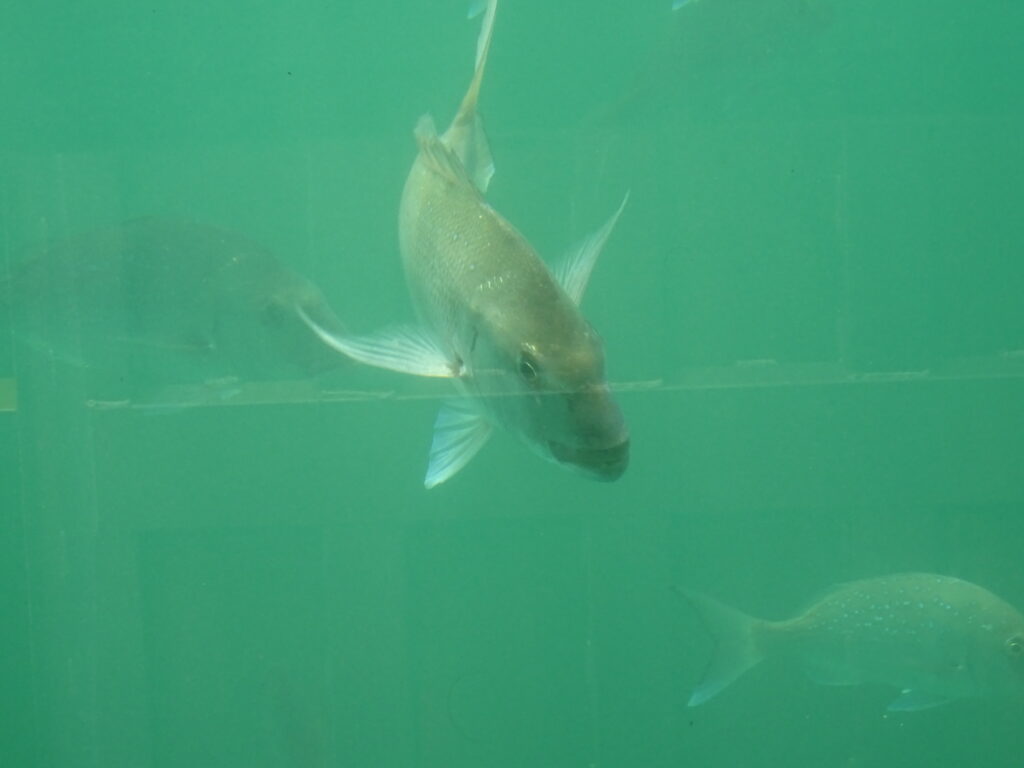 ken. There are many walking tracks around the coastline of the reserve, too, which are enjoyed by locals and visitors.
ken. There are many walking tracks around the coastline of the reserve, too, which are enjoyed by locals and visitors.
During our time in the reserve, the glass bottom of the boat was lifted and we were treated to views of many fish. They were noticeably big in size, which was probably due to the protection given to them via the marine reserve. Fish which roam in the area include snapper, leatherjacket, certain types of salmon, marble fish, amongst others. We also saw plenty of sea plants within varying depths of water. Dolphins and orcas have also been spotted in these areas!
After admiring our first sightings of fish, we headed towards the iconic Cathedral Cove, which stands as an impressive formation in the ocean, and proves to be a fantastic photo opportunity with the surrounding blu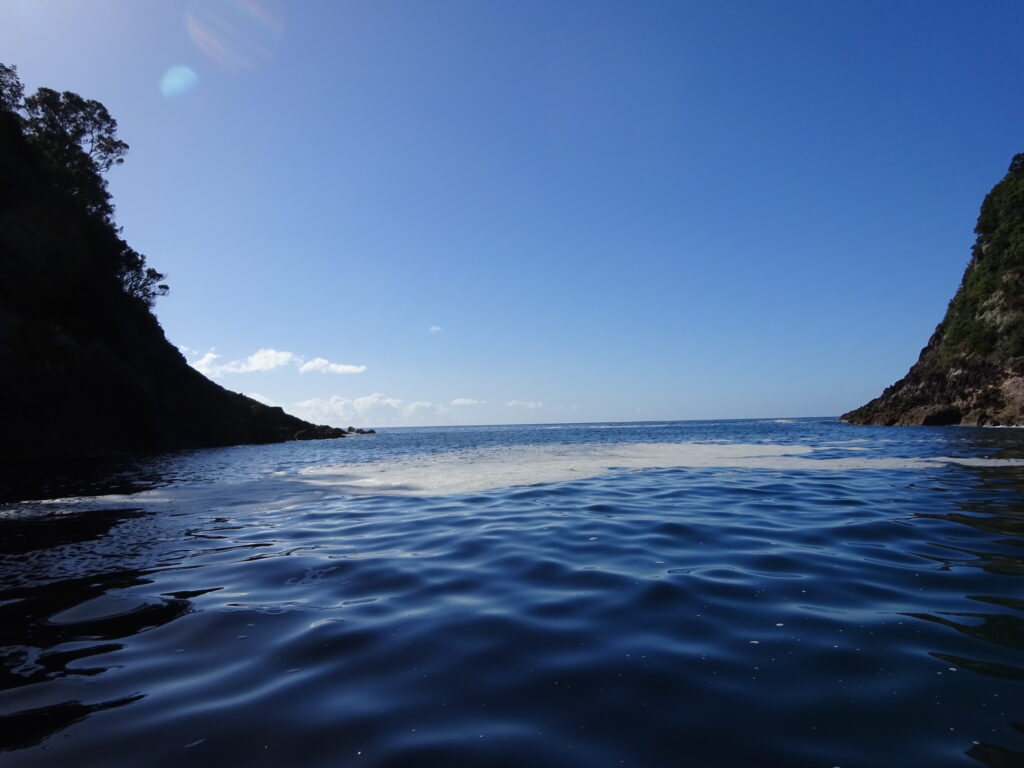 e colours of the ocean and greys/browns of the rock.
e colours of the ocean and greys/browns of the rock.
Champagne Bay provides even more stunning sights of volcanic rock formations. Intriguing shapes have been naturally created via years of erosion from the sea and weather. We were able to spot more beautiful marine life at this stage, too.
We were then given the unique opportunity to peer right into one of New Zealand’s largest sea caves, named Orua. The boat heads right inside and we were able to glare right up inside it, where it appears quite dark and eerie, but the colours of the rock will keeps your eyes 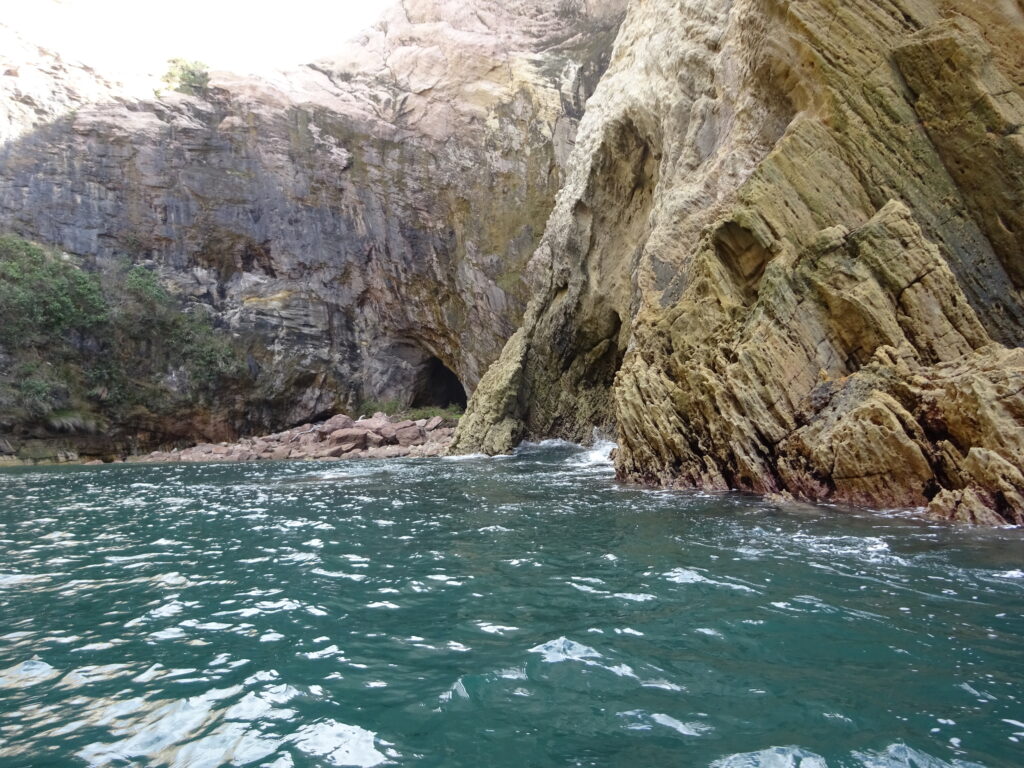 transfixed. The cave is a staggering 15 metres wide and 15 metres deep, and really proves to be a treat for the eyes.
transfixed. The cave is a staggering 15 metres wide and 15 metres deep, and really proves to be a treat for the eyes.
During this trip you will be presented with many opportunities to witness the impressive and tranquil surroundings of the Whitianga coastline and beyond, discovering amazing facts about the area and intriguing history which has contributed to its presence today. Keep your eyes out for many sea mammals including fish species, seals, blue penguins, dolphins and orcas.
This is a true opportunity to immerse yourself in the beauty and nature that New Zealand has to offer. Sit back, admire the scenery and discover plenty about this wonderful ocean and coastline.
Book your unforgettable Glass Bottom Boat experience through Backpacker Deals and make a great saving!

